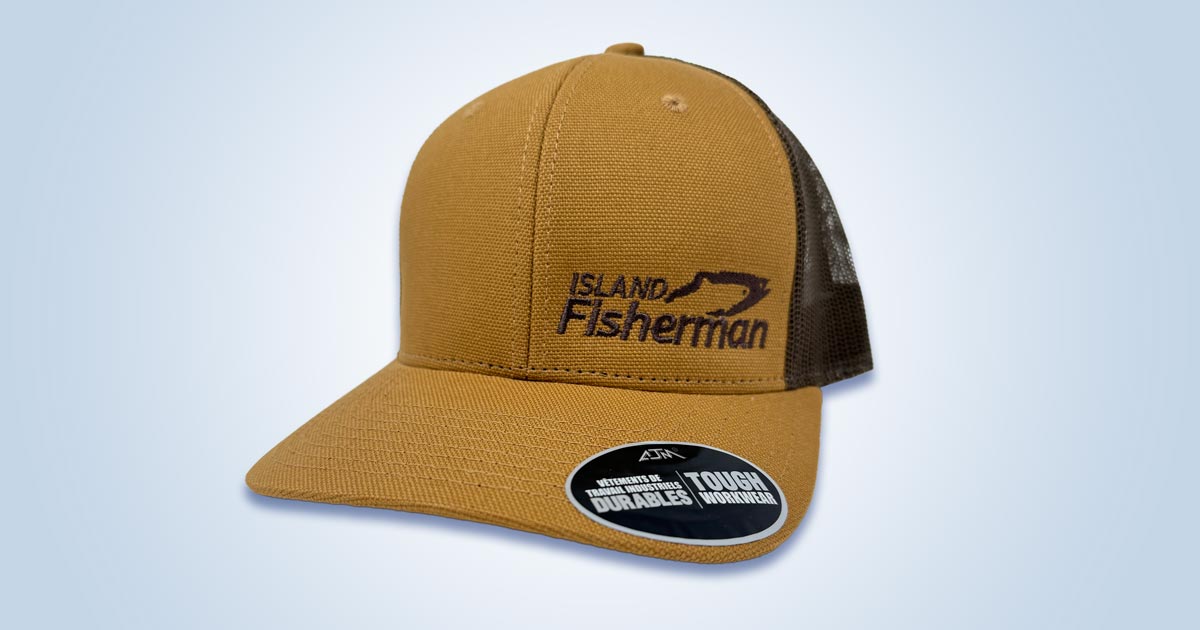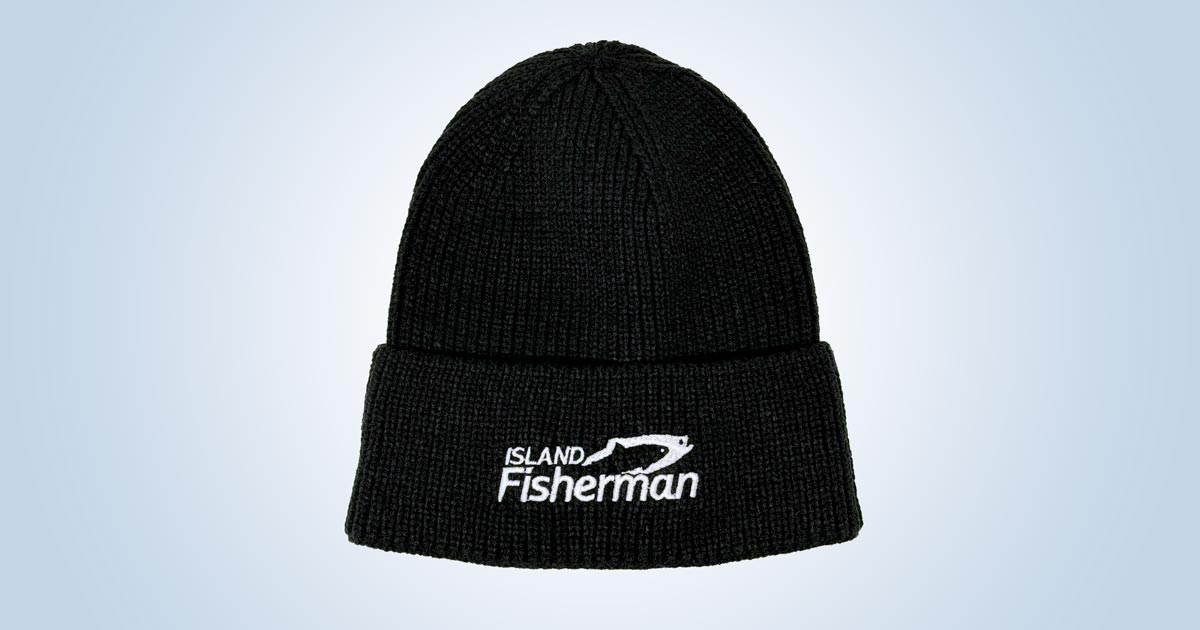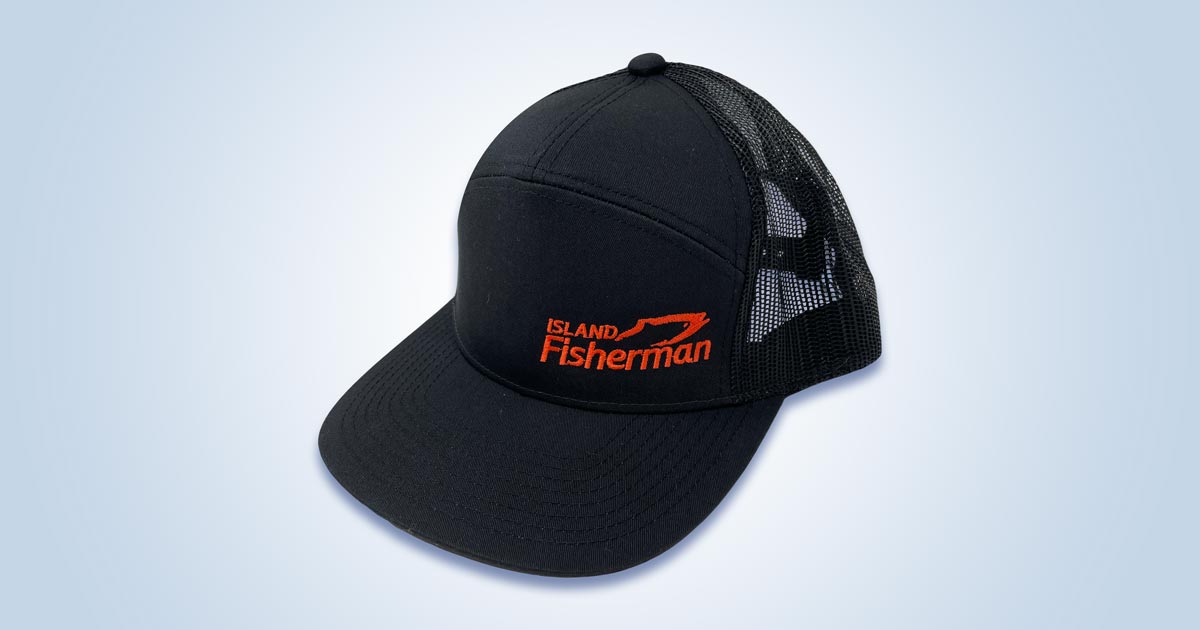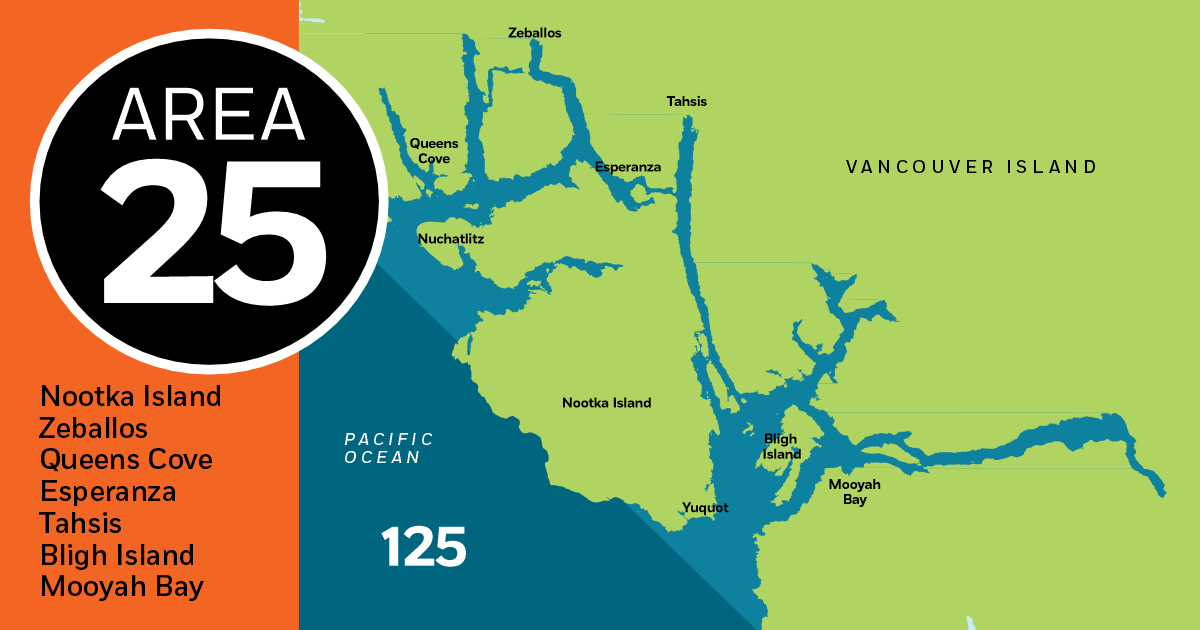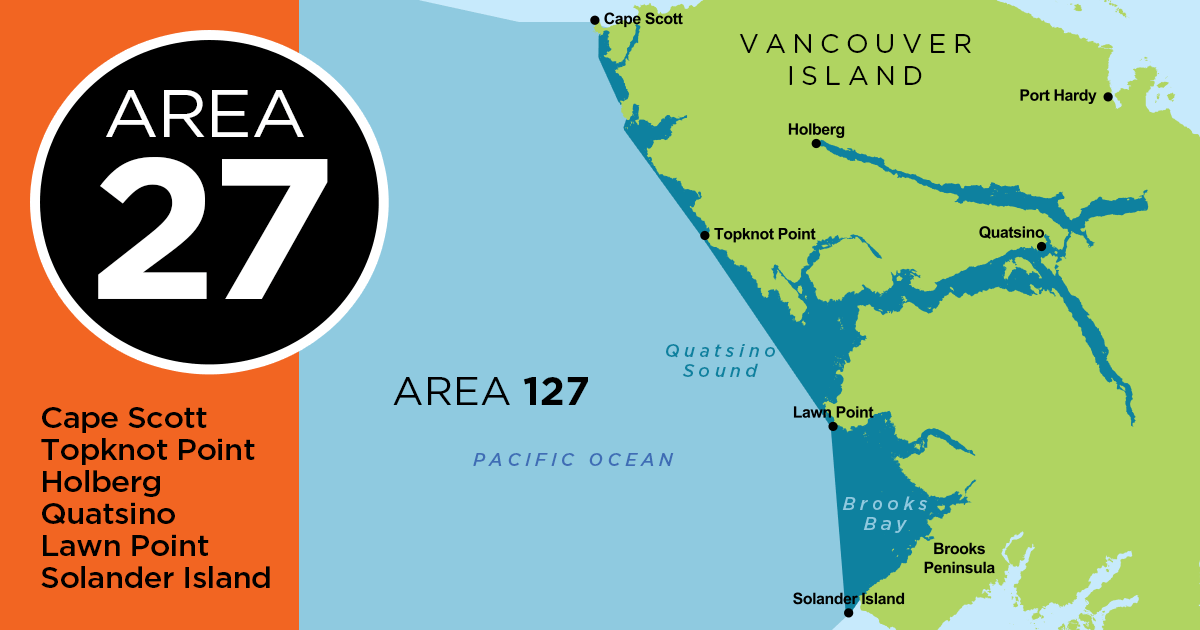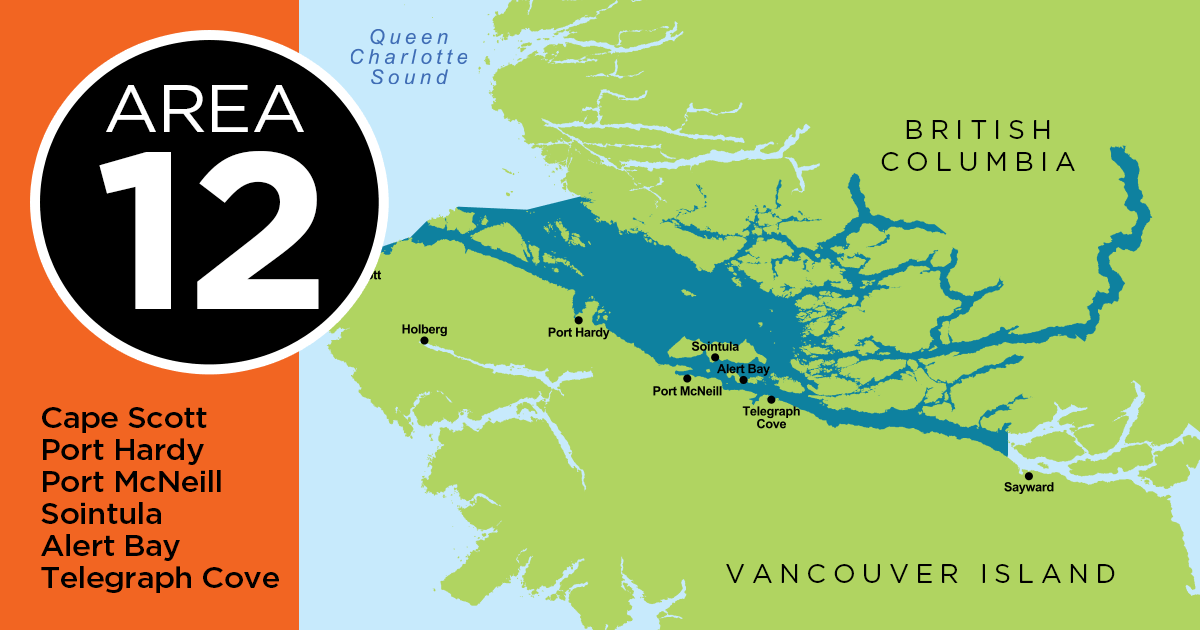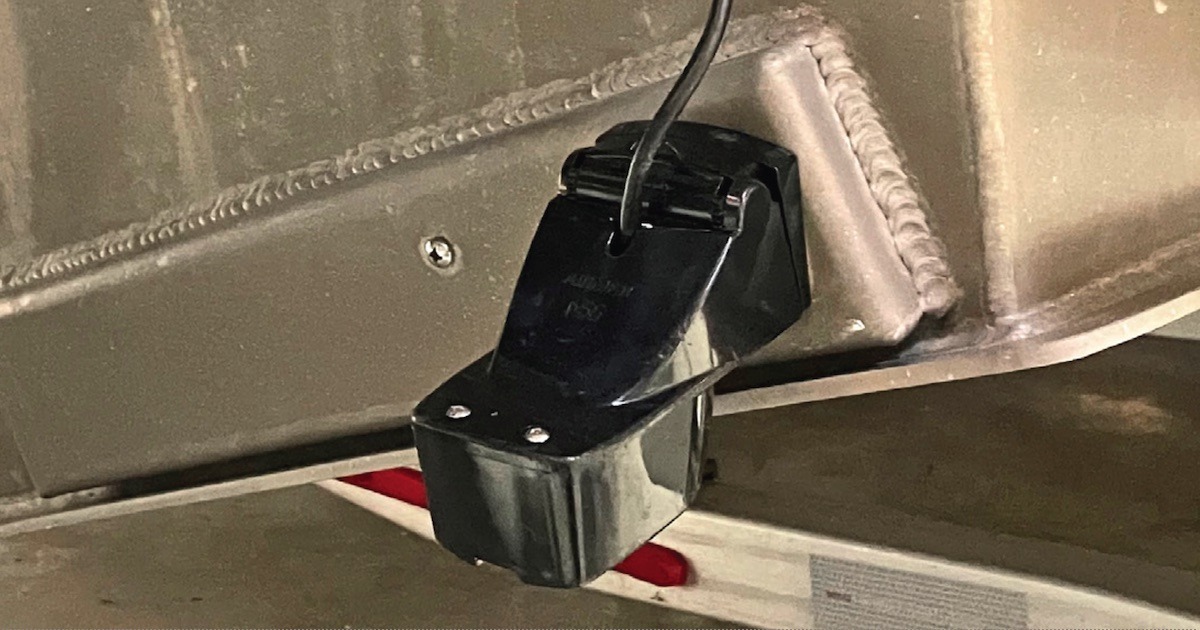
Any angler who wishes to head out on their own boat with modern sonar should first take several considerations into account, including the depth of water that they plan to fish and the model of sonar they are using.
BC’s salt chuck is a colder, denser saltwater than that off of, say, the coast of Florida. It requires a different setup than a regular sonar and transducer (XDCR), otherwise your bottom sonar signal might just vanish when in deeper water than 120′.
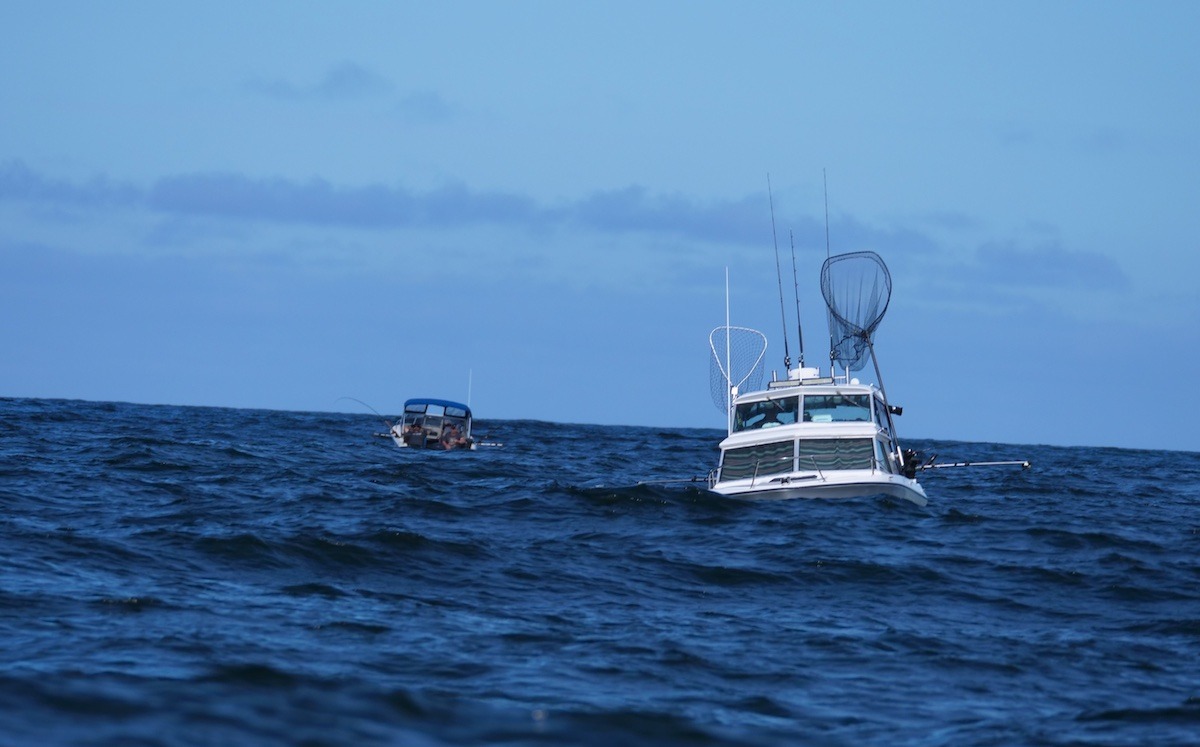
Photo Credit: Joel Unickow
SONAR OUTPUT POWER IN WATTS (W)
When you purchase a sonar unit for your boat, you will want to make sure that it has a minimum power output of 500W to 600W for the transducer. Some of the entry-level units that run 250W to 300W will work fine in shallower freshwater lakes, but will not function properly in the Pacific Ocean water around BC. A 500W to 600W unit will work fine in depths up to 300′ with a standard 200 kHz 20-degree beam angle.
FREQUENCY
There are 3 main regular frequencies when it comes to transducers:
50 kHz: A very strong but slower pulse cone angle of 60 ̊. This provides a great sonar return in waters greater than 300′, but what you gain in depth you lose in definition compared to the 200 khz.
83 kHz: A medium cone angle of 45 ̊.
200 kHz: Considered to give the best resolution in less than 300′ of water. On average, the pulse cone tends to be a 20-degree beam angle. Note that some dual frequency 50/200 kHz transducers will have an 11-degree cone when set to 200 kHz, which provides a very precise and clear bottom image, and better depth penetration than 20 ̊ will.
If your transducer has a dual frequency ability, then using the 50 kHz 60-degree beam angle will allow you to see fish well as deep as 600′, with a slow, strong pulse. 50 kHz will also make it easier to track your downrigger ball on the screen because of the wider beam angle.
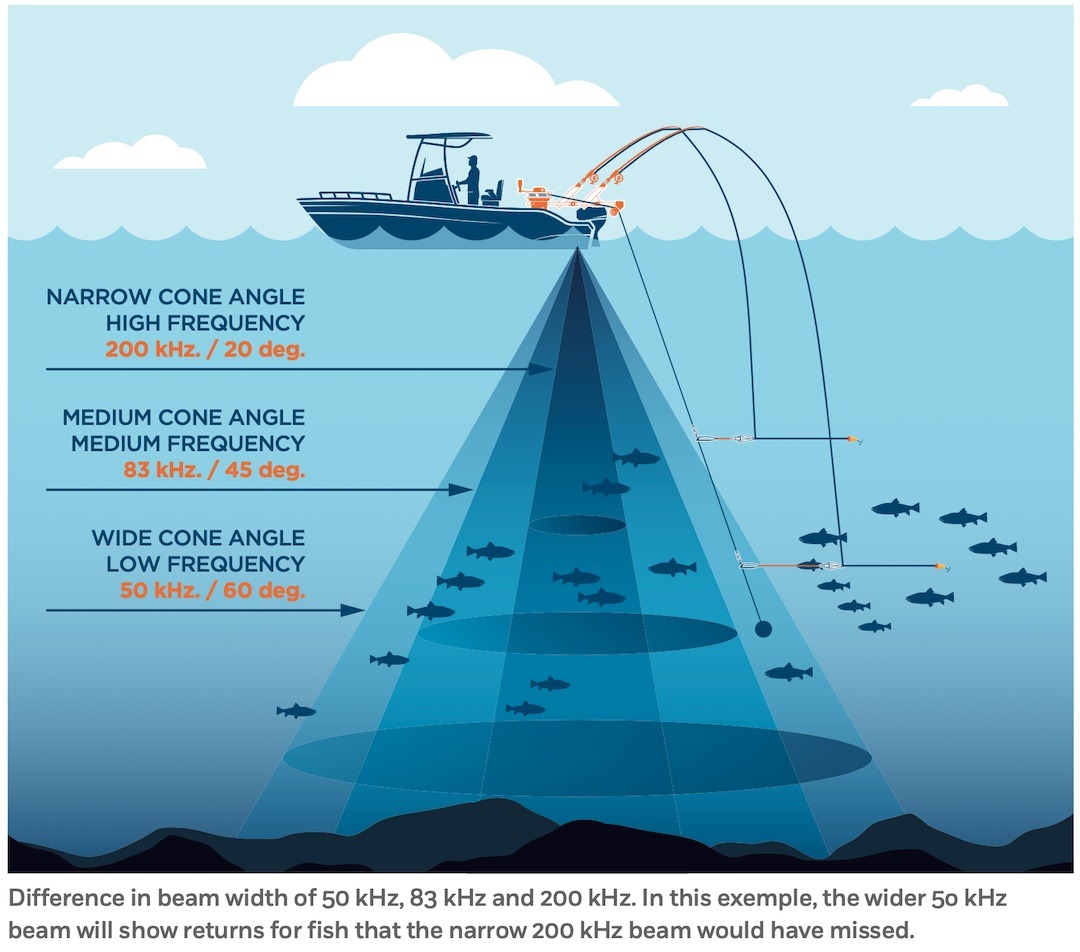
SHOULD I BUY A 1 KW TRANSDUCER?
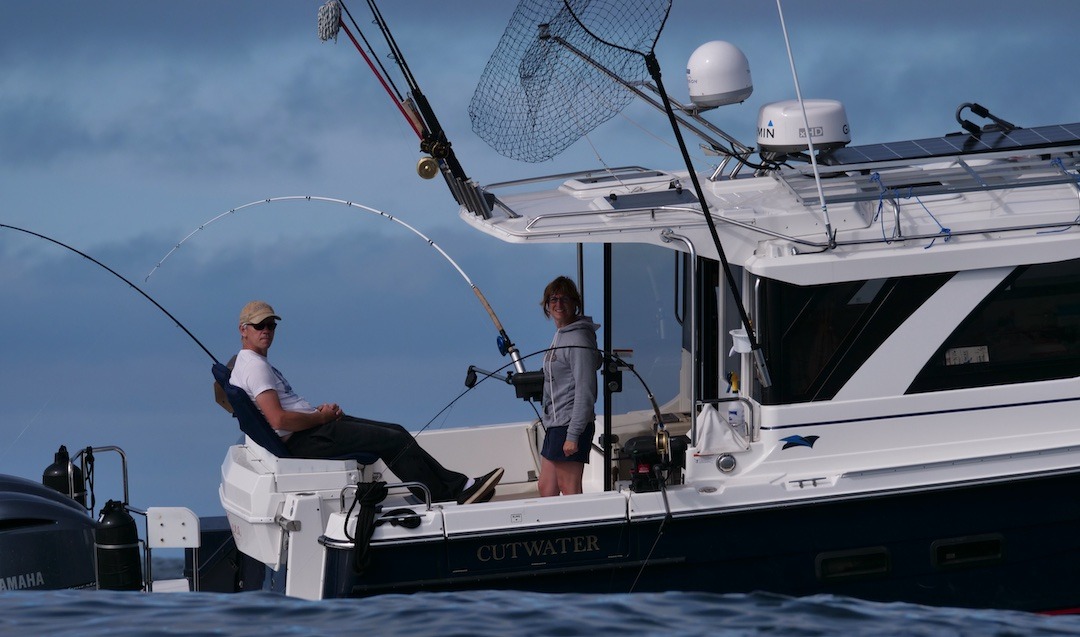
Photo: Joel Unickow
A sonar unit that outputs 1,000W (1kW) will provide lot of flexibility for depth options and choices of transducers. Some of these units have dual sonar processors that will allow for the installation of two transducers into the back of the unit plugged into the dual sonar ports. One port will be for dual frequency 50/200 kHz or single 200 Khz as well as CHIRP (Compressed High Intensity Radar Pulse) frequencies. The other port will be for StructureScan or single Low CHIRP transducers.
WHAT IS CHIRP?
A CHIRP transducer in CHIRP mode sends a variable frequency signal instead of a fixed frequency signal. My best simplified explanation is that when using CHIRP mode, you could have a group of fish down below that will be defined individually, whereas if your transducer was running in single frequency (i.e. 50 kHz or 200 kHz), that group of fish would look like a single larger image. CHIRP mode will also help pick out fish that are hugging close to the bottom. Choosing the correct frequency and whether or not to use CHIRP mode will help clean up your screen for optimal imaging.
HOW TO PICK A TRANSDUCER FOR WEST COAST FISHING
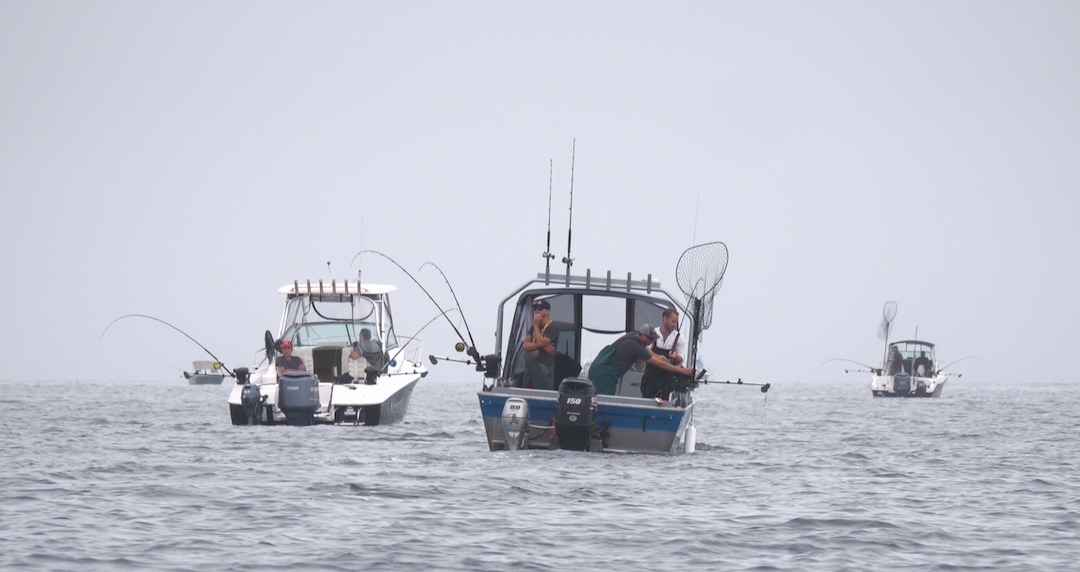
Photo Credit: Joel Unickow
Most dealers on the West Coast will sell MFD (multifunction display) units that come bundled with a transducer already. If that transducer is a dual frequency 50/200 kHz, you will be fine. Better yet if they sell the unit as a “No XDCR” (no transducer included in the box) unit, then you can choose from specific transducers that mount either thru-hull, transom-mount, or shoot-thru-hull (for fiberglass boats only). A lot of these will be made by Airmar out of the US, which makes some of the best transducers available. One thing to remember when it comes to thru-hull transducers: You will need to know the deadrise of the bottom of your hull, so that you match the slope of the hull. The transducers will come with elements tilted at 0 ̊, 12 ̊, and 20 ̊. As long as you are within 5 ̊ of your actual slope, the transducer will work fine.
When choosing a transducer, consider power output as well as depth capability (the higher the wattage, the higher the price). On the list below, the highlighted transducers are the most popular for BC waters. Suggested retail pricing (SRP) is in Canadian dollars.
Click the image 👇 to download a PDF/print.
As you can see, there are plenty of choices, and even more not listed here. Asking for “best transducer” is not a fair question, because there are far too many variables. Make your decision based on the depths you will be fishing, and the power output of your sonar unit. Some of the bigger marine and tackle shops can also guide you if you discuss the local waters you most commonly will fish.
TRANSDUCER INSTALLATION
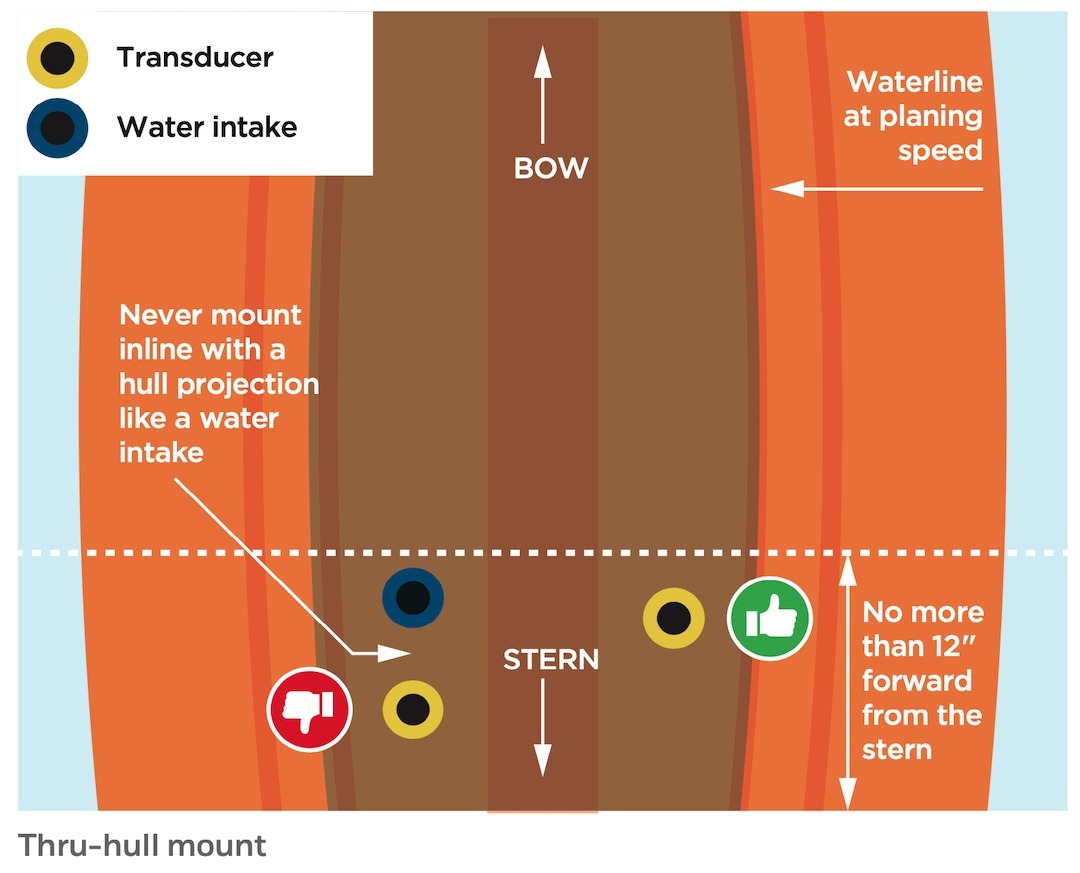

Follow the installation guidelines, or have a certified boat technician install it. I have received too many phone calls to the Navico Tech Support line, only to find out after looking at the customer’s installation photos that it was simply installed wrong.
You will find that, as your experience grows, you might want to venture out to deeper waters for bigger gamefish, and you might want to look at expanding your sonar network and power capabilities by adding a sonar module, additional transducers, or even secondary 1 kW MFD display. This will allow for you to break out the water column into different zones, and you could use a different transducer for each.
Good luck fishing!
Visit the Store
$34.99
$34.99
Featured Catch
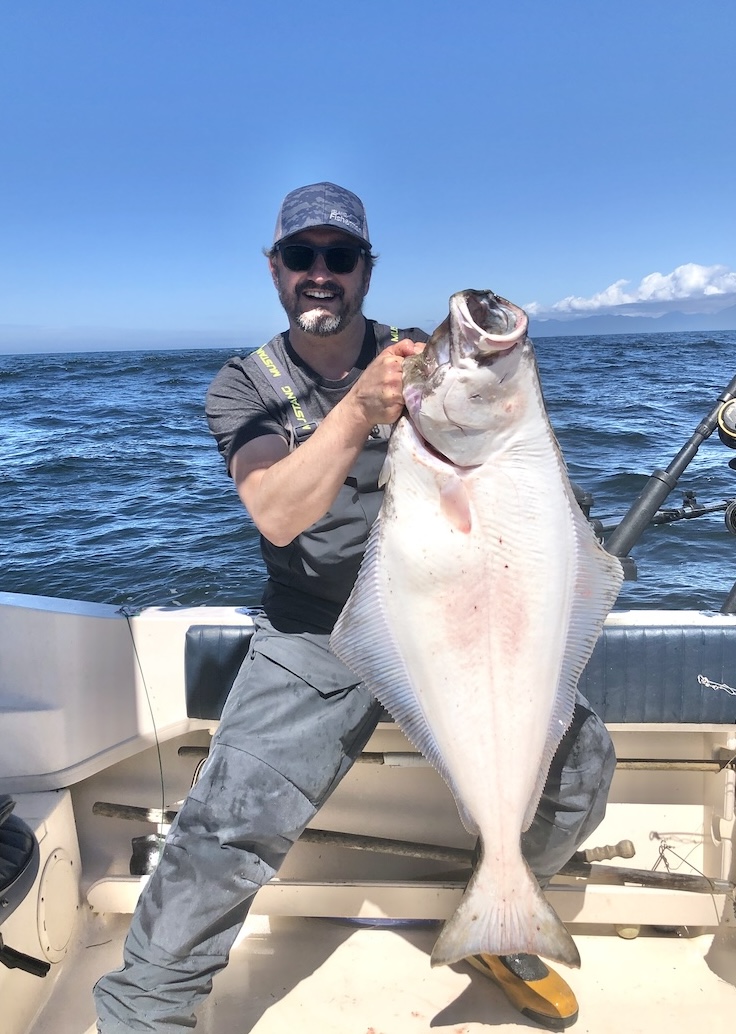
Joel Unickow halibut (Photo: Rob Frawley Lucky Strike Sportfishing Tofino)


